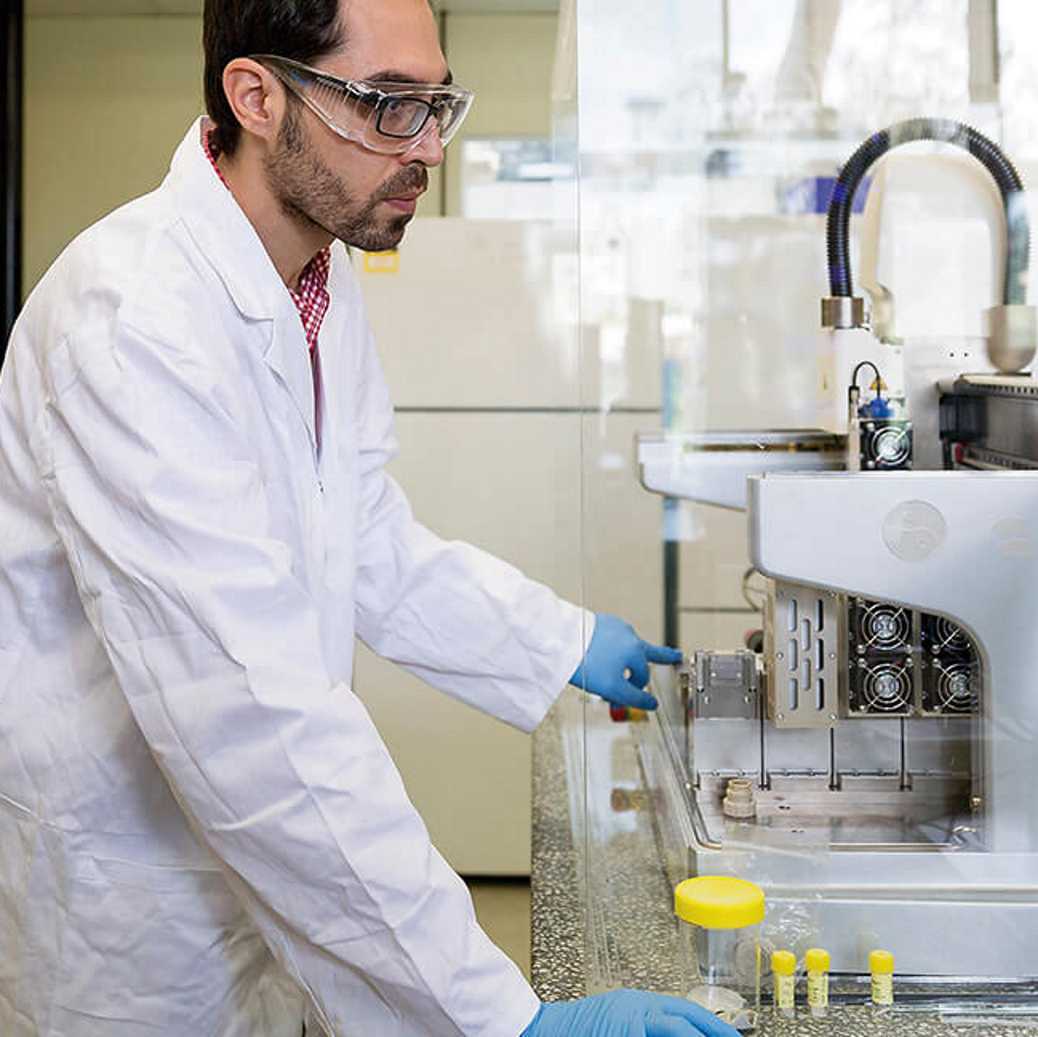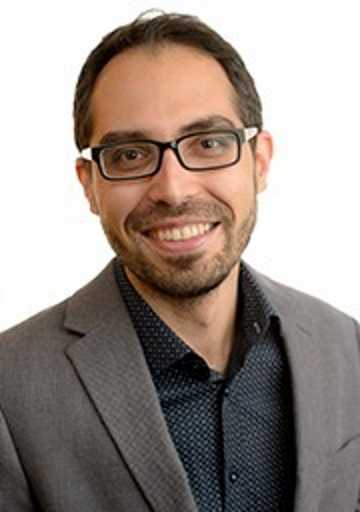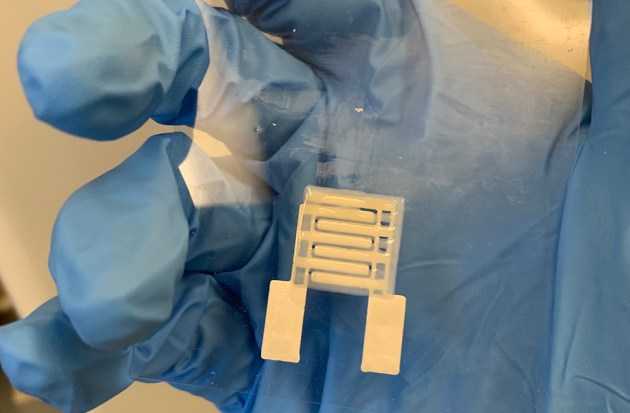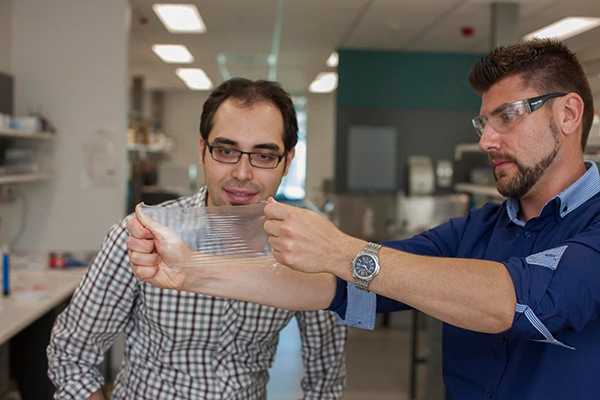
October 2019
University of Sydney research fellow Dr Sina Naficy is one of thirty engineers recognised in Australia's Most Innovative Engineers 2019 list for his work on 3D-inkjet printed flexible food sensors. The new technology can detect gases generated by bacteria in packaged food and aims to reduce food waste.

Studies on food waste estimate that up to two-thirds of current food waste could be avoided if food quality could be easily and readily evaluated. Dr Naficy's 3D-printed electronic gas sensors are designed to be printed on flexible substrates which can then be transferred on to packaging film prior to packaging food products.
In his words; Our vision is to enable inkjet or 3D printing of such sensors to make them easily translatable for high throughput packaging industries. Food sensors and flexible sensors hold great potential as they can provide data driven information for consumers, retailers and producers about the state of food products.

Dr Naficy and his team are focusing on electrical sensors which can wirelessly record information without the need to visually inspect individual food products. The electrical properties of the active sensor components change in terms of various chemicals (ammonia, carbon dioxide, fatty acids etc) which are produced during food spoilage.
Retailers will be able to determine which food products are getting closer to becoming unsaleable and distributors will be able to determine know which stock items are going off faster or slower than expected, all of which will help in preventing unnecessary food waste.

Dr Naficy is also the University of Wollongong Global Challenges Research Fellow and he heads a team researching the production of new generation condoms using hydrogel material. Conventional hydrogels are mechanically weak, but there are techniques which the University of Wollongong has pioneered to produce considerably tougher hydrogel which acts as an effective barrier for sperm cells, bacteria and virus particles. The research program has been assisted by a $100,000 grant from the Bill & Melinda Gates Foundation.